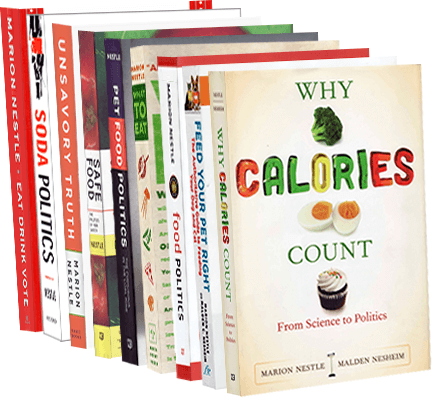Three reports: eat more fruits and vegetables
The Institute of Medicine (IOM) has just published a review and assessment of the nutritional needs of the populations served by the USDA’s Child and Adult Care Food Program (CACFP), with recommendations for revising the program’s meal requirements.
CACFP supports the nutrition and health of the nation’s most vulnerable individuals—more than 3 million infants and children and more than 114,000 impaired or older adults, primarily from low-income households. CACFP meals must meet regulations designed to ensure that participants receive high-quality, nutritious foods.
The IOM says that USDA should:
- Fix the meal requirements to promote eating more fruits and vegetables, whole grains, and foods that are lower in fat, sugar, and salt.
- Offer training and technical assistance to providers.
- Review and update the Meal Requirements to maintain consistency with current dietary guidance.
The Produce for Better Health Foundation, the non-profit educational arm of the fruit and vegetables industries, recently issued its 2010 State of the Plate Report. The major findings:
- Only 6% of individuals achieve their recommended target for vegetables; 8% achieve their recommended target for fruit in an average day.
- Vegetable achievement levels (vs. targeted levels) follow a standard bell-shaped curve, with half of individuals consuming between 40-70% of their target. The picture is less favorable for fruit, however, as two-thirds don’t even consume half of their recommended number of cups of fruit.
- Children under the age of 12 and females 55 and older are most likely to achieve their fruit target. Males ages 55 and older, teens, and children under the age of 6 are most likely to achieve their vegetable target.The average person consumes 1.8 cups of fruits and vegetables per day or about 660 cups annually. Vegetables account for 60% of this average, while fruit represents 40%.
- Per capita fruit and vegetable consumption (in cups) has remained fairly stable overall during the past 5 years….Berries, apple juice, and bananas have all shown growth since 2004.
- Several groups have increased their fruit consumption by at least 5% since 2004. These include children ages 2-12, males 18-34, and females 18-54.
- Older adults are eating fewer fruits and vegetables compared to just 5 years ago. Men and women aged 65 and over have decreased their intake nearly 10% vs. 2004 levels.
The Produce for Better Health Foundation’s 2010 GAP Analysis, correlates the gap between consumption and recommendations to the ways in which USDA funding priorities ignore fruits and vegetables. The report is hard to read and goes on and on, but its thrust is understandable.
The Foundation wants the USDA to spend a greater proportion of its dollars on fruits and vegetables, rather than on meat and dairy foods. USDA’s current allocations for subsidies look like this:
- Meat: 54.7%
- Grains (which mostly go to feed animals): 18.0%
- Dairy (non-butter): 11.4%
- Fats and oils: 6.2%
- Fruits and vegetables: 9.8%
These reports aim to align agricultural policy with health policy, and about time too.

